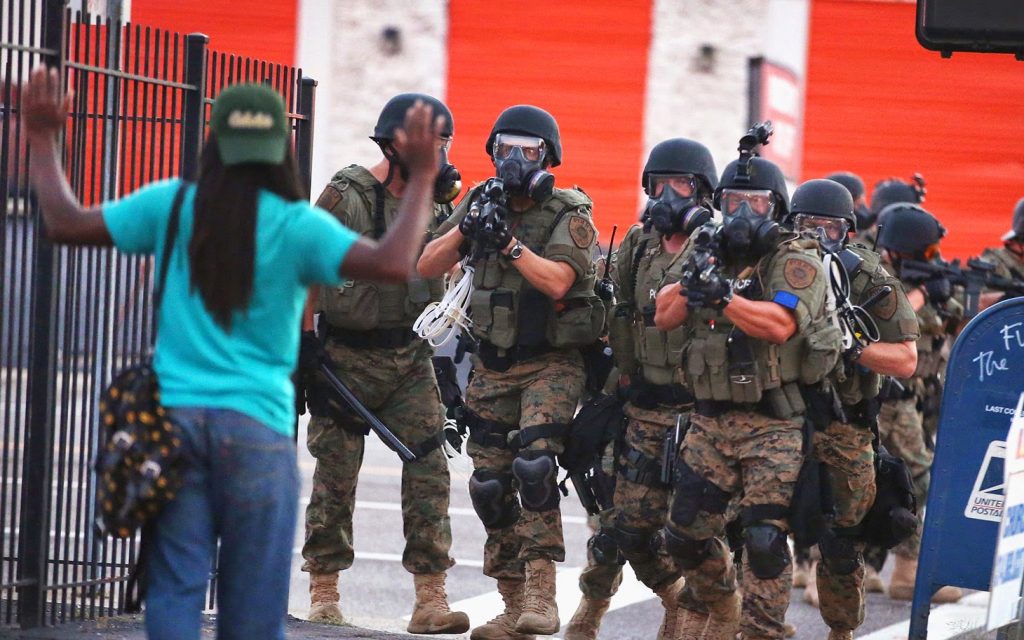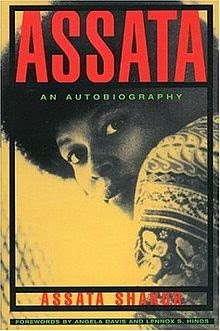Continuing Ferguson’s Literary History
 After the fatal shooting of unarmed black teenager Michael Brown by white police officer Darren Wilson on August 9, 2014, staff and contributors of Avidly put together a list of texts that they called “Ferguson’s Literary History” – books, essays, and poems that offer context for the continuing climate of racism and racial violence in the United States.
After the fatal shooting of unarmed black teenager Michael Brown by white police officer Darren Wilson on August 9, 2014, staff and contributors of Avidly put together a list of texts that they called “Ferguson’s Literary History” – books, essays, and poems that offer context for the continuing climate of racism and racial violence in the United States.
The list received renewed attention in the wake of last week’s grand jury decision not to indict Wilson for killing Michael Brown. The article made the rounds again on social media, encouraging readers to seek out the works of thinkers like Ida B. Wells, Martin Delany, and William Wells Brown. Here, I suggest two additional titles for the list.

In 1964, Holiday Magazine commissioned John A. Williams to write a series of articles about what it was like for him, as a black man, to travel alone across the United States. Those articles became This is My Country Too (1966), a travelogue of Williams’ experiences and a meditation on race across the country at the height of the Civil Rights Movement. As Williams journeys through the Deep South, the Midwest, and the Rocky Mountains, he writes of the seemingly never-ending line of white police officers who are only too eager “to exercise ‘the insolence of office….It was the old game, ‘You black, me white, and I’m a cop too.'” Williams’s fear, anger, and frustration as he drives through Missouri take on additional weight in light of the killing of Michael Brown.
 Assata Shakur‘s autobiography Assata (1987)
Assata Shakur‘s autobiography Assata (1987)
intertwines details of the author’s life from childhood with her
perspective on the numerous arrests, indictments, imprisonments, and
trials inflicted on her by the U.S. government as punishment for her involvement with the Black Panther Party and,
later, the Black Liberation Army. In so doing, Shakur vividly protests
against the popular media’s characterization of her as a domestic
terrorist and makes plain how institutional and state mechanisms of
violence are in place to contain and, whenever possible, eliminate black
bodies and lives. Assata‘s description of how the United States government targeted Black Panthers through COINTELPRO and
used the mainstream media to paint a picture of black struggles for
equality as dangerous violence that must be stemmed by white power
speaks vividly to the events currently happening in Ferguson, Missouri.